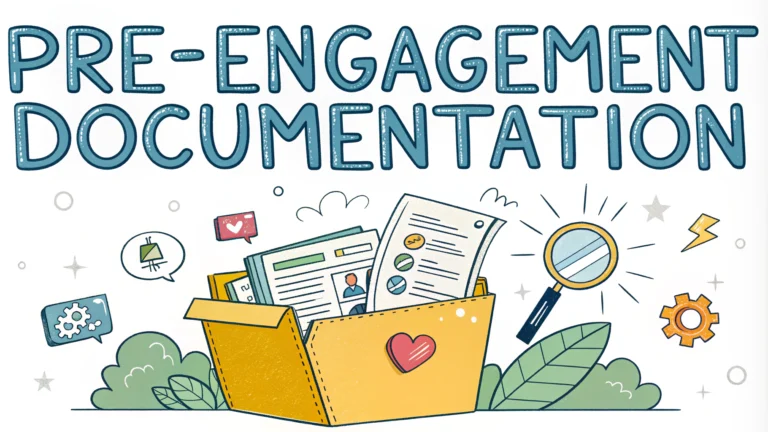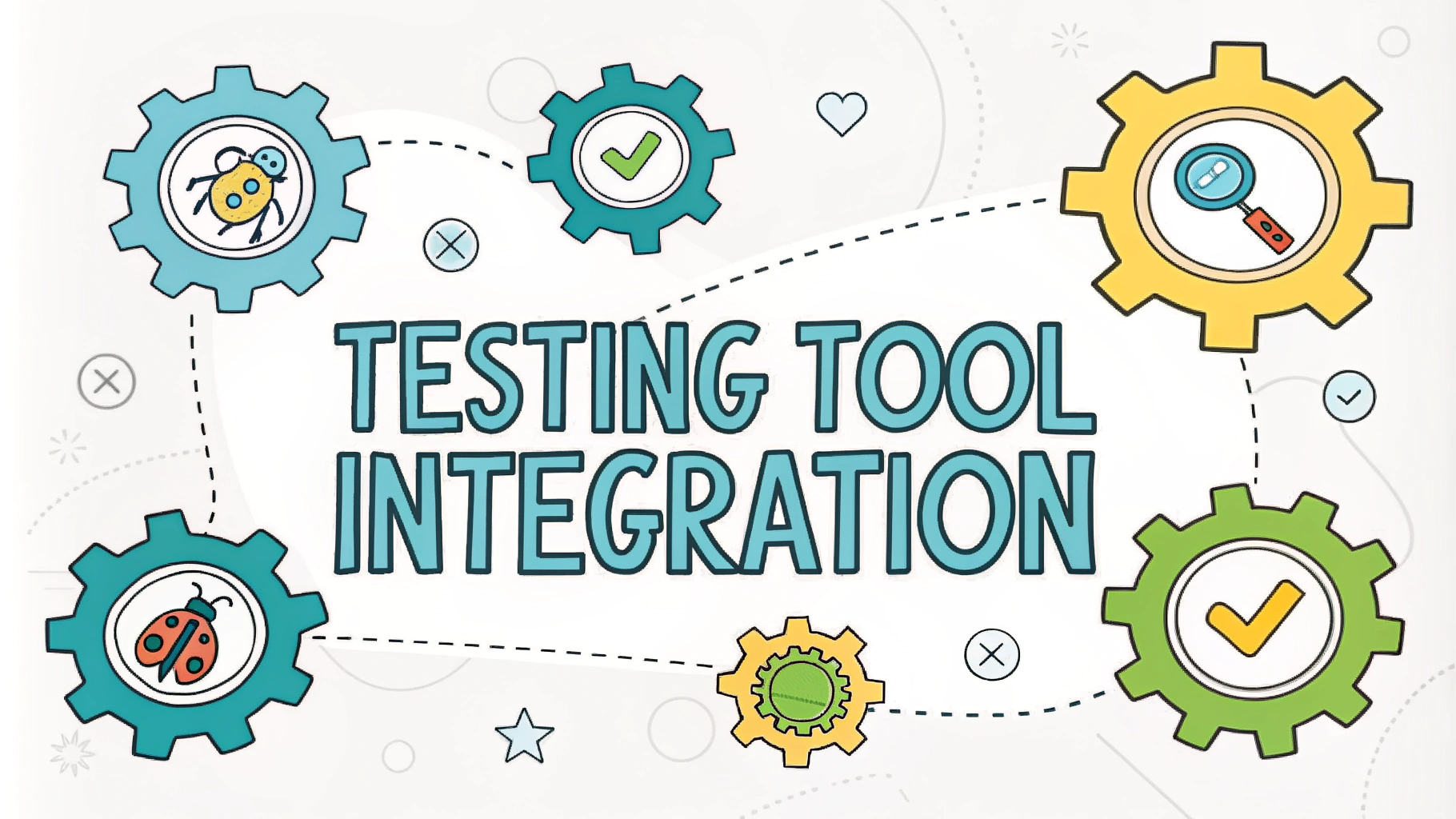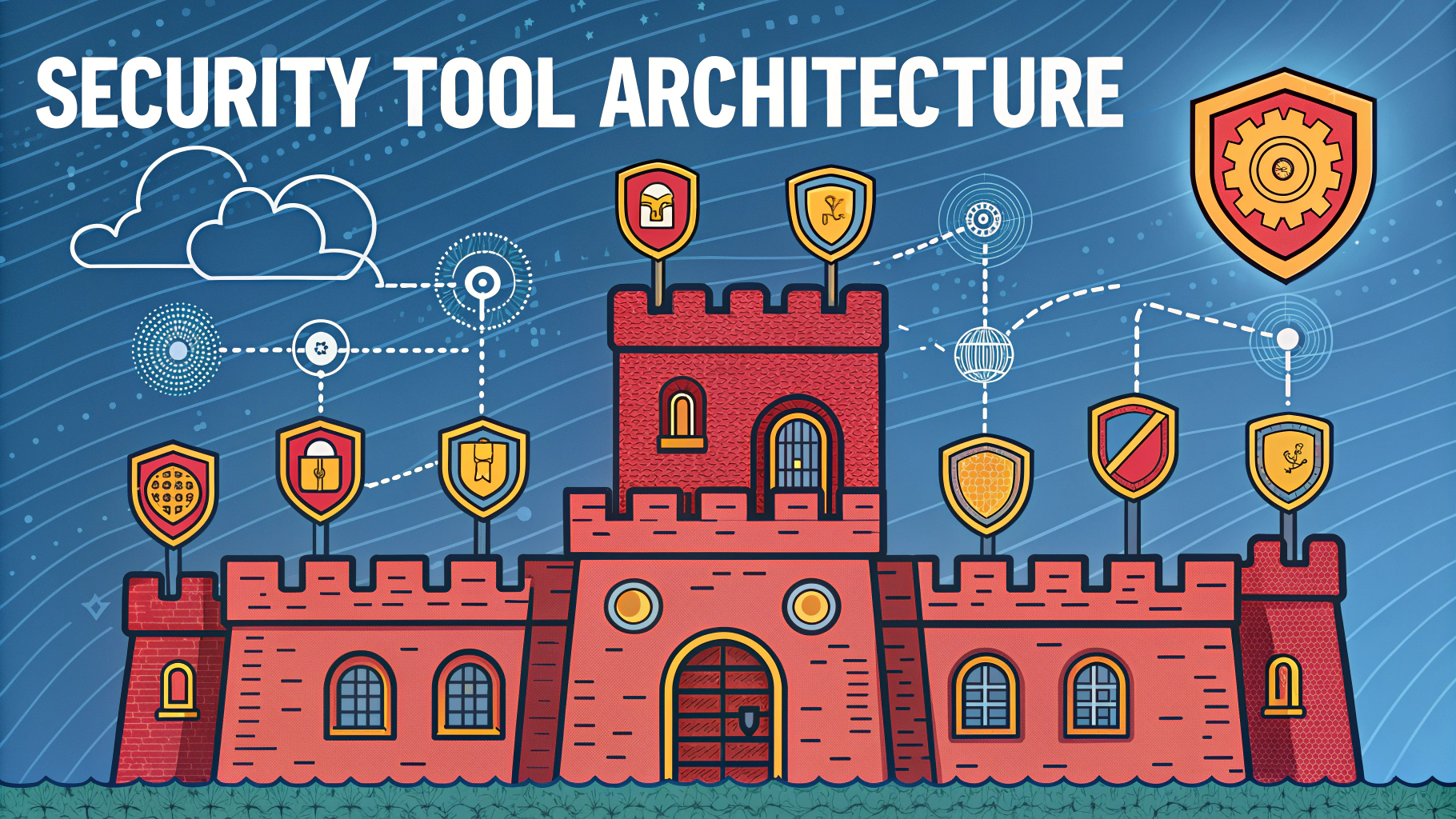Pre-engagement documentation forms the foundation of any successful penetration testing project, establishing clear boundaries, scope, and expectations between the testing team and the client organization.
This documentation protects both parties legally while ensuring all testing activities align with business objectives and regulatory requirements.
A well-structured pre-engagement phase prevents misunderstandings, reduces risks, and sets the stage for a smooth testing process that delivers actionable results.
Essential Pre-engagement Documents
- Rules of Engagement (ROE)
- Non-Disclosure Agreement (NDA)
- Scope Definition Document
- Testing Authorization Letter
- Emergency Contact Information
Rules of Engagement Details
The ROE document outlines specific testing parameters, including allowed testing hours, prohibited techniques, and communication protocols.
Key ROE Components:
- Testing timeline and schedule
- IP ranges and domains in scope
- Restricted systems or networks
- Approved testing methods
- Incident response procedures
Scope Definition Requirements
| Component | Required Information |
|---|---|
| Target Systems | IP addresses, domain names, network ranges |
| Testing Types | External, internal, wireless, social engineering |
| Time Frames | Start dates, end dates, testing windows |
Emergency Contact Protocol
Create a detailed contact list including:
- Primary technical contact: Name, phone, email
- Secondary technical contact: Name, phone, email
- Emergency response team contact information
- Project manager contact details
- After-hours escalation procedures
Legal Considerations
Ensure these legal documents are properly executed before testing begins:
- Signed authorization letter from organization leadership
- Mutual non-disclosure agreement
- Statement of work (SOW)
- Service level agreement (SLA)
Technical Requirements Checklist
- Network architecture diagrams
- VPN access requirements
- Test account credentials
- Network segment information
- Security control documentation
Setting Up For Success
Review all documentation with stakeholders and obtain written approval before proceeding with any testing activities.
Store all pre-engagement documentation securely and maintain version control throughout the project lifecycle.
Schedule a kick-off meeting with all relevant parties to review documentation and address any questions or concerns.
Next Steps After Documentation
- Verify all signatures and approvals
- Set up secure communication channels
- Configure testing environment access
- Brief testing team on scope and limitations
- Schedule regular status updates
Documentation Management Process
Establish a secure system for storing and managing all pre-engagement documentation throughout the project lifecycle. Implement version control and maintain an audit trail of all changes and approvals.
- Create a centralized document repository
- Track document versions and changes
- Maintain approval histories
- Implement access controls
- Set up backup procedures
Stakeholder Communication Plan
Key Communication Points:
- Regular status meetings schedule
- Progress reporting format
- Escalation procedures
- Change management process
- Final report delivery timeline
Pre-Testing Validation
Before initiating any testing activities, conduct a thorough validation of all preparatory steps:
| Validation Item | Action Required |
|---|---|
| Documentation Review | Verify all documents are signed and current |
| Technical Access | Confirm all required access is functional |
| Contact Information | Test all emergency contact channels |
Ensuring Long-Term Testing Success
The foundation of a successful penetration testing engagement lies in thorough preparation and clear documentation. Regular review and updates of pre-engagement materials ensure continued alignment with organizational objectives and compliance requirements.
- Maintain ongoing documentation reviews
- Update procedures based on lessons learned
- Build templates for future engagements
- Document best practices and procedures
- Establish continuous improvement processes
FAQs
- What is pre-engagement documentation in penetration testing?
The formal documentation and agreements established between a penetration testing provider and client organization before testing begins, outlining scope, rules of engagement, and testing parameters. - What are the essential components of pre-engagement documentation?
Rules of engagement, scope definition, timeline, emergency contacts, testing methods allowed, target systems, legal authorization, and non-disclosure agreements. - Why is legal authorization important in pre-engagement documentation?
Legal authorization protects both the tester and client by ensuring written permission exists to conduct potentially disruptive security tests, preventing legal issues and misunderstandings. - What should the scope definition include?
IP ranges, domains, applications, systems to be tested, excluded systems, testing hours, and specific testing methods or techniques that are permitted or prohibited. - How should sensitive data handling be addressed in pre-engagement documentation?
Documentation must specify data classification levels, handling procedures, storage requirements, and destruction protocols for any sensitive information discovered during testing. - What communication protocols should be established?
Emergency contacts, escalation procedures, regular status update schedules, and reporting methods for critical findings that require immediate attention. - What payment and liability terms should be covered?
Testing costs, payment schedules, liability limitations, insurance requirements, and remediation responsibilities for any system damage during testing. - How should reporting requirements be documented?
Report format, delivery timeline, vulnerability classification system, required remediation guidance, and presentation requirements for executive and technical audiences. - What incident response procedures should be included?
Steps to follow if systems are unintentionally damaged, critical vulnerabilities are discovered, or business operations are disrupted during testing. - How should testing boundaries and limitations be defined?
Specific techniques prohibited, systems excluded from testing, timing restrictions, and performance impact limitations.







